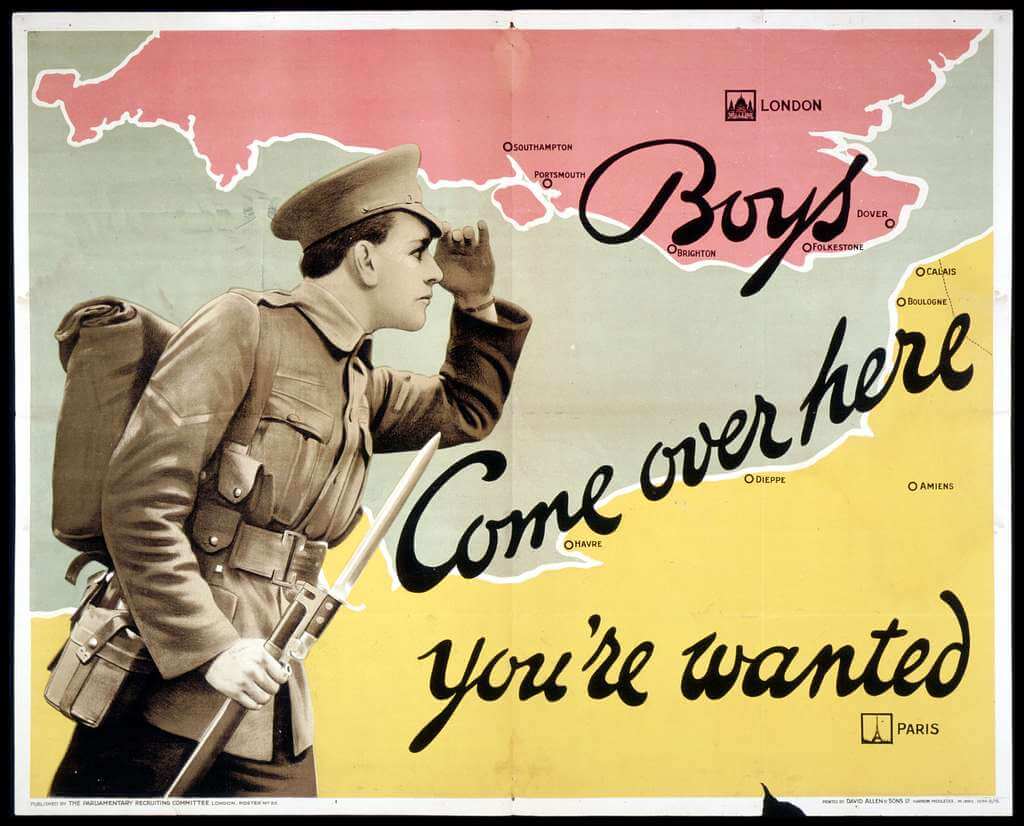Is a testimonial a propaganda technique?

Do you recoil at the word 'propaganda' and wonder if testimonials fall under this category? Given its negative connotations, ‘propaganda’ is a term no brand wants to be linked with. Those in the marketing industry are aware that propaganda often involves manipulating people's beliefs and attitudes using biased or false information. If you are considering incorporating testimonials into your marketing campaign, you may be unsure whether this technique is propaganda.
Just to clarify, testimonials can be used as a propaganda technique. Propaganda usually involves distorting the truth or using biased information to influence people's beliefs, while testimonials are ideally genuine accounts of real customers' experiences that can help establish trust and credibility. When testimonials are not used in a genuine way, they can act like propaganda.
Are Testimonials and Propaganda Techniques related?
Testimonials are often used as a propaganda technique to lend credibility and authority to the propagandist's message. But it is important to note that not all testimonials are propaganda. Testimonials in themselves can be a legitimate marketing tool used to promote a product, service, or idea.
However, when testimonials are used in a manipulative or deceptive way to promote a biased or false message, they can become a form of propaganda. In such cases, the testimonials may be carefully selected and edited to present a one-sided view of the issue or product and persuade the audience to adopt a certain viewpoint or take a particular action. Therefore, while testimonials can be used as a propaganda technique, not all testimonials are necessarily propaganda.
Side Note: Although testimonials can be used as a propaganda technique, they can also serve as a tool for presenting unbiased and genuine opinions that can counteract propaganda.
What is propaganda, and what are propaganda techniques?
Propaganda refers to the dissemination of biased or misleading information to promote a particular agenda, usually with the goal of influencing people's opinions or behavior. Propaganda can be found in many contexts, including political campaigns, advertising, and media.
The techniques used in propaganda are designed to appeal to people's emotions rather than their reason and are often used to create a sense of urgency or fear in the audience. Propaganda can be dangerous because it can manipulate people into supporting causes or ideas that are harmful or unjust.

It's easy to get swept up in the moment when exposed to propaganda, especially when it's designed to evoke strong emotions. You might not realize it, but we have all been victims of propaganda at some point in our lives.
Do you remember a time when you made a purchase, supported a cause, or voted for a candidate solely based on an emotional appeal or a persuasive testimonial? Later, you might have regretted your decision because you found out that you were manipulated by a clever propaganda technique. That's why it's important to be aware of propaganda and its techniques so that we can make informed decisions and avoid being misled by biased or false information.
Some common propaganda techniques include:
- Emotional appeals: Propagandists use emotions such as fear, anger, and pity to influence people's opinions and actions.
- Name-calling: This technique involves labeling people, groups, or ideas in a negative way to create a negative impression of them in the audience's mind.
- Bandwagon: Propagandists use the bandwagon technique to convince people that everyone else is doing or thinking something and that they should too.
- Testimonials: Testimonials are statements or endorsements from well-known individuals or groups that are used to lend credibility and authority to the propaganda message.
- Loaded words: Propagandists use highly charged or emotionally loaded words to create a particular impression of an issue or idea
Propaganda techniques (in advertising)
Advertising, as we all know, is the practice of promoting a product to boost sales. However, propaganda, a term not as commonly recognized, has a different focus. While it shares similarities with advertising in terms of promotion, propaganda seeks to endorse a specific idea or cause with a particular political or economic agenda.

Advertising is one of the most common ways in which propaganda techniques are used to influence consumer behavior. Many advertisements use emotional appeals and persuasive language to convince you to buy a particular product or service. The use of propaganda techniques in advertising is so common that we often don't even realize that we are being manipulated. Here are some of the most common propaganda techniques used in advertising:
- Celebrity endorsements: Advertisers often use celebrities or well-known figures to endorse their products in the hope that their fans will also buy the product.
- Fear appeal: Advertisers sometimes use fear to create a sense of urgency or need for their product. They may suggest that if you don't use their product, you will face negative consequences.
- Transfer propaganda: Advertisers often try to transfer positive feelings or emotions from a popular image, symbol, or idea to their product. For example, a product may be associated with patriotism, family, or freedom.
- Scarcity: Advertisers may create a sense of scarcity or urgency by suggesting that the product is only available for a limited time, or that supplies are running out.
Note: the goal of advertising is to persuade you to buy a product, not necessarily to provide you with accurate or unbiased information.
It's important to be aware of these propaganda techniques when watching advertisements, so that you can make informed decisions about what to buy. Don't be fooled by emotional appeals or persuasive language - always consider the facts and make decisions based on your own research and critical thinking.
So, is using testimonials a propaganda technique?
In conclusion, while testimonials can be used as a propaganda technique, not all testimonials are inherently propaganda. When used in a genuine way, testimonials can provide valuable and unbiased information that helps consumers make informed decisions. However, when testimonials are manipulated or presented in a biased way to promote a false message, they can become a form of propaganda.
So, the next time you come across a testimonial, it's important to evaluate it critically and consider the context in which it is being used. Don't let propaganda techniques cloud your judgment, and always rely on your own research and critical thinking to make informed decisions.
If you’re interested in learning more about testimonials and their power, read our post about celebrity endorsements.
FAQs
What is the main difference between advertising and propaganda?
It's important to note that propaganda, unlike advertising, can be rather devious in nature. It can use various tactics to manipulate people's opinions and beliefs to serve the interests of those who created it, rather than the general public. In contrast to the straightforwardness of advertising - "buy this product because it's great!" - propaganda is much more intricate. It centers around the art of appealing to people's emotions and beliefs to achieve a desired outcome.
What is an example of testimonial propaganda?
An example of testimonial propaganda is when skincare brands use influencers or celebrities to promote their products, despite not having any ingredients that improve skin. These endorsements can mislead customers into buying the product based on a false impression created by influencers' posts or videos, rather than the actual effectiveness of the product.
